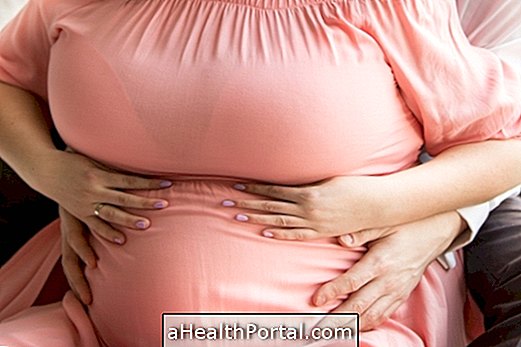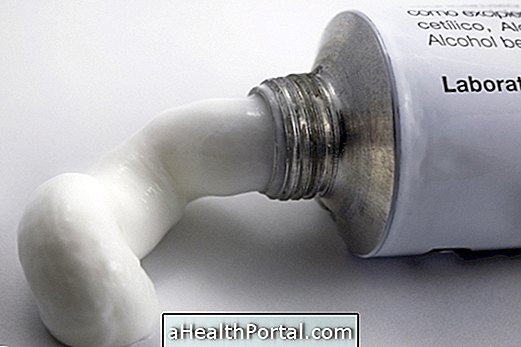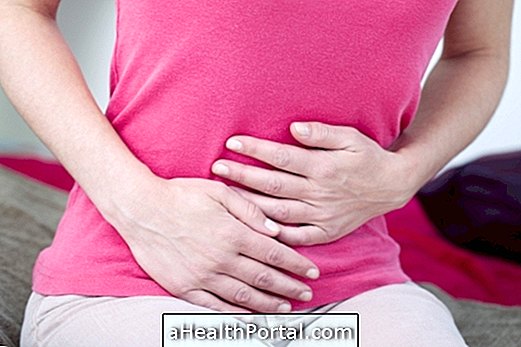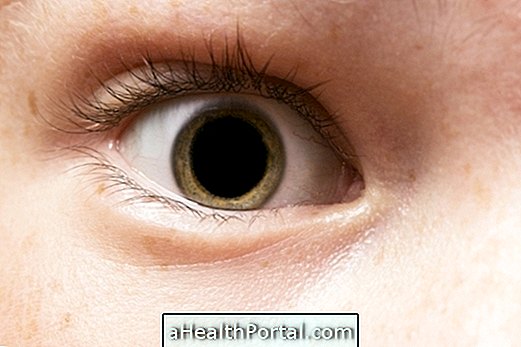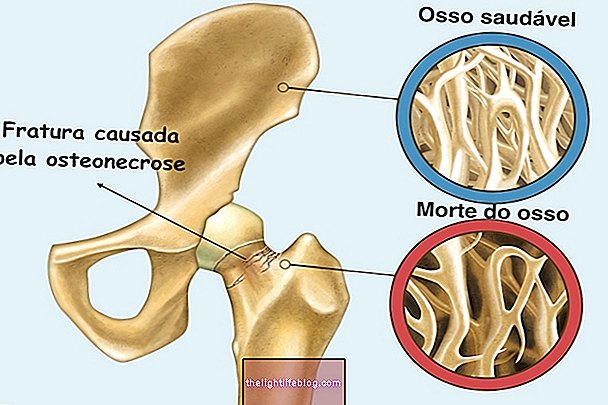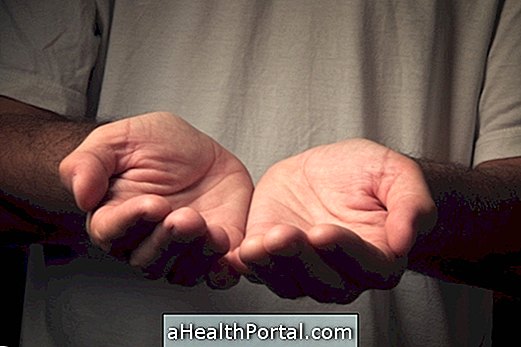Uterine rupture, also known as uterine rupture, is a serious obstetric complication in which there is disruption of the muscles of the uterus during the last trimester of pregnancy or at the time of delivery, which can result in excessive bleeding and severe abdominal pain, which can put on risk the life of the woman and the baby.
This situation is more common in women who have uterine scars, either due to previous births or gynecological surgeries, and it is important in all cases that the pregnancy is accompanied by the obstetrician so that complications can be prevented.

Main causes
Uterine rupture is a situation that happens more easily in women who have uterine scars, which may be due to previous vaginal births or having a cesarean section, for example. Other situations that increase the risk of rupture are:
- Uterine curettage;
- Changes in the uterus;
- Consumption of illicit drugs, such as cocaine;
- Error during the execution or improper performance of Kristeller's maneuver;
- Wounds in the abdominal region;
- Administration of an inadequate amount of oxytocin or another uterotonic during the delivery process;
- Error during the process of inducing labor;
- Endometriosis.
In addition, uterine rupture can also happen as a consequence of the placenta accreta, which is a situation in which the placenta is fixed incorrectly, so that it does not come out so easily at the time of delivery. Understand what the placenta accretes and how to identify it.
How to identify uterine rupture
Uterine rupture is identified by signs and symptoms that may appear during the last trimester of pregnancy or at the time of delivery and may be related to the woman or the baby.
In the case of women, the signs that may be indicative of uterine rupture are abdominal pain, excessive vaginal bleeding and bright red color and symptoms of hypovolemic shock, which is a situation that arises as a result of the loss of a large amount of blood and which the appearance of some symptoms such as pale and cold skin, mental confusion and purple fingers and lips. Learn how to identify hypovolemic shock.
In addition, changes in heart rate, decreased blood pressure and stopping contractions after severe abdominal pain can be seen. As a consequence of these symptoms and uterine rupture, the baby may also have some alteration, with a rapid decrease in heart rate being identified.
How treatment should be
The treatment for uterine rupture consists of delivery and adoption of measures that promote the reduction of bleeding, preventing complications for the mother and the baby. In some cases, to stop the bleeding, a hysterectomy may be indicated by the doctor, which is a surgical procedure in which the uterus is removed. Understand what hysterectomy is and what to do.
In addition, the possibility of having blood transfusions to replace the lost blood and thus promote the relief of symptoms and the improvement of women can also be considered.
In the case of the baby, as the uterine rupture can promote a decrease in heart rate, it is common that in these situations the baby is referred to the neonatal ICU to be monitored and followed up, in order to prevent complications.
Was this information helpful?
Yes No
Your opinion is important! Write here how we can improve our text:
Any questions? Click here to be answered.
Email in which you want to receive a reply:
Check the confirmation email we sent you.
Your name:
Reason for visit:
--- Choose your reason --- DiseaseLive betterHelp another personGain knowledge
Are you a health professional?
NoMedicalPharmaceuticalsNurseNutritionistBiomedicalPhysiotherapistBeauticianOther
Bibliography
- LARREA, Nicole A .; METZ, Torri D. Pregnancy After Uterine Rupture. Obstetrics & Gynecology. Vol 131. 1 ed; 135-137, 2018
- BERTHE, Yibrah; WALL, Lewis. Uterine Rupture in Resource-Poor Countries. Obstetrical & Gynecological Survey. Vol 69. 11 ed; 695-707, 2014




